Cow’s Milk and Tallow Soap Recipe | Cold Process
Cow’s milk and tallow soap is gentle and nourishing. Perfect for a daily bar of soap for your family! You can even use this soap on your hair and be amazed at how shiny it is!
Ever since I started making soap, my goal was to learn how to make soap with milk. Since we have a cow, milk soap was high on my list of things to make! After I learned to render tallow and learned about how good tallow is for your skin, I knew that I wanted to combine the two ingredients into a bar of soap!

This post contains affiliate links
Why Make Soap with Milk?
Cow’s milk adds nutrients to soap that water just doesn’t. When you use milk in place of water in a soap recipe you are adding minerals like folate and selenium. You are also adding vitamins B12 and D which help to repair and replenish your skin.
Cow’s milk soap has a nice lather as well. Overall it is a nourishing ingredient to add to your soap.
Tips for adding Cow’s milk to soap
One of the main things to watch for when soaping with milk is that the proteins and sugars in the milk will cause the chemical reaction with the sodium hydroxide to speed up and become hotter as it makes lye. The best way to combat this is to first freeze your milk. Measure the milk with a digital scale and then place it in an ice cube tray and place it in the freezer. Once the milk is frozen, the sodium hydroxide can be added to the cubes and the reaction will begin. The cubes will begin to melt and the solution will heat up.
Another tip that I have is if you are using raw milk, it is a good idea to use milk that most of the cream has been skimmed off. I have noticed that super creamy milk tends to get chunks of what appear to be burned lumps in it. I think the cream heats up too quickly.
Why Use Tallow in Your Soap?
Grass-fed cattle have some of the best fat for making tallow. The benefits of this fat in skincare are impressive. I have a post here on rendering your own tallow. Here are a few of the main benefits of using tallow in soap making.
- Tallow in soapmaking makes a nice hard bar with a great lather.
- Tallow is non-comedogenic, meaning it won’t clog pores.
- Vitamins A, D, E, and B12 are very nourishing for the skin
- Vitamin E is known to rejuvenate skin by fighting free radicals and to help prevent the breakdown of collagen
- Tallow is believed to prevent dryness at the cellular level
- Alpha linoleic and linoleic acids are good for reducing inflammation from things like eczema, rosacea, and acne
- Stearic Acid and oleic acid are fatty acids found in our human skin and in our sebum. Stearic acid and oleic acid are both softening and moisturizing and anti-inflammatory. Oleic acid is one that helps the nutrients soak deeply into your skin.
- Palmitic acid helps with anti-aging as it helps with the skin’s barrier function which naturally decreases as we age
- CLA or Conjugated linoleic acid is anti-inflammatory and antimicrobial this is found in high concentrations in cattle that have been allowed to graze naturally on grass and in the sunshine.
Equipment Needed for Cold Process Soapmaking
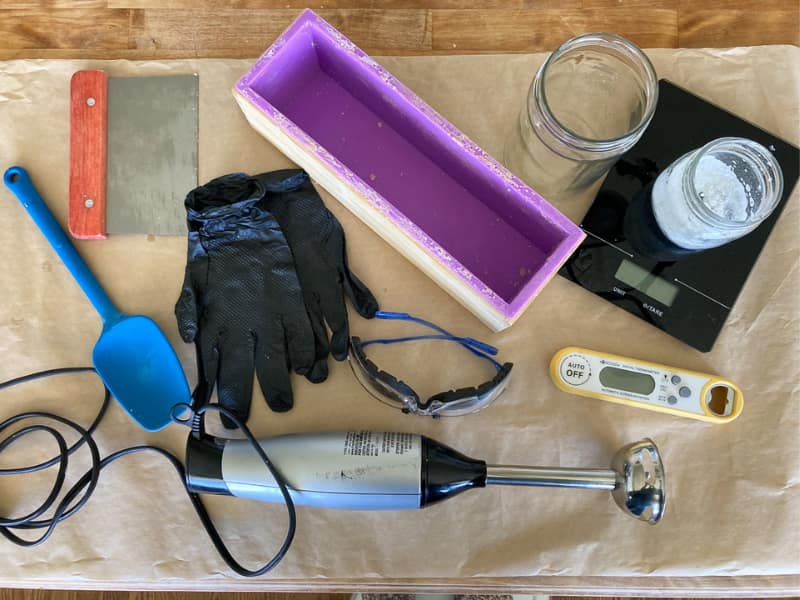
- An immersion blender
- A soap mold-you can actually get very creative with this and use things that you have on hand, plastic containers work well. This post shows how to use a cardboard box to make a soap mold!
- Digital Kitchen Scale
- Gloves – I like nitrile gloves, they are stronger than latex and better for use with chemicals
- Goggles
- Instant read Thermometer
- A Rubber Spatula
- Measuring spoons
- Glass bowl or measuring cup for oils
- Extra spoon or spatula for mixing
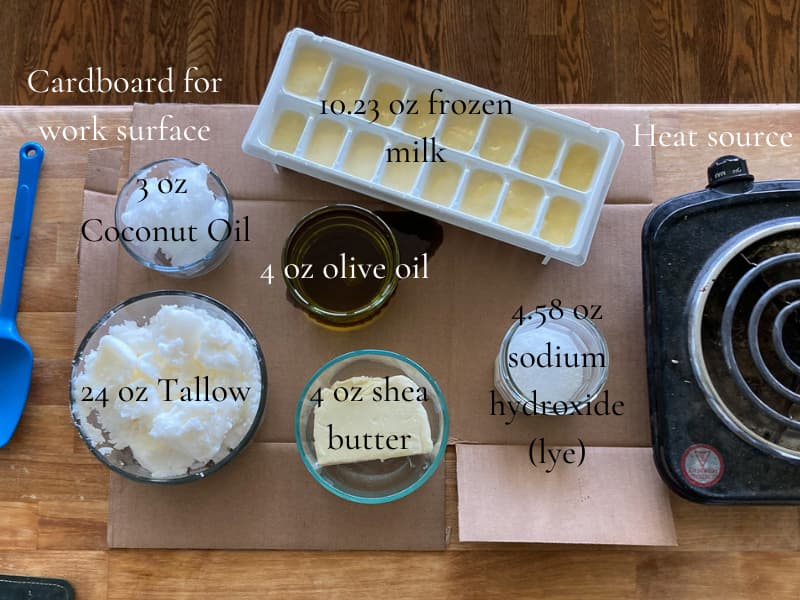
Steps for Making Tallow and Milk Soap
Ingredients for Tallow and Milk Soap
- 24 oz Tallow
- 4 oz Shea Butter
- 4 oz Olive Oil
- 3 oz Coconut Oil
- 10.23 oz frozen cow’s milk
- 4.58 sodium hydroxide
- 2 oz fragrance oil or essential oil
Measure your Ingredients
After you measure the milk, pour it into an ice cube tray and freeze it.
I like to measure out all of my ingredients first. Perhaps you don’t like to dirty up so many dishes, but I find this helpful as it makes me slow down and not rush. Then I know I am adding the right amounts. It can get tricky to add each ingredient right into the pan on the scale.
When you are working with sodium hydroxide or lye, you should always respect that it is a caustic ingredient and that it will produce heat and fumes. I find that the only time I have been irritated by the chemical is when I am measuring it dry, the powder that is released into the air as you dump it into the vessel to measure it can burn your nose. I try to do this part in front of an open window or I step outside.
Heat Oils and Fats and Combine Milk and Sodium Hydroxide
I like to do these two steps together. I put all of my measured fats and oils into a pot. As that is melting on low heat, I then combine the milk and lye.
Put your milk ice cubes into a glass jar, and slowly pour the sodium hydroxide over the ice cubes. You will begin to notice that this begins to react and the ice cubes will melt. As they melt and begin to heat up gently stir with a spoon. Set aside to cool.
Once the oils, fats, and butter are melted and combined remove the pot from the heat and set it aside to cool as well. The goal is to let both the lye and the oils cool to about 115 degrees, anything close to that within about 10 degrees is fine. I find that the warmer they are the quicker it comes to trace.


Combine the Melted Oils and Fat and the Lye
Once everything is cooled, place the pot on your cardboard work surface and get your prepared mold. Slowly pour the lye into the oils and mix with your immersion blender. Use caution so that you don’t splatter the mixture. Continue to mix until you reach a light trace. This means that when you lift the blender, the batter that streams off of it will rest on top of the batter and leave a trace.
At this point, you can add color or fragrance. I did not add any color, but I did add 2 oz of fragrance, you can get some great fragrance and essential oil blends from Nurture Soap. The fragrance will speed up the trace which means it causes the batter to thicken more quickly. So, work fast when you add the fragrance, and don’t overmix as it may get too thick.
Pour into a Mold
Once everything is combined, pour the batter into whatever mold you are using. This recipe will fill a 42 oz mold nicely. Gently tap the mold on the counter to get rid of any air bubbles.
This can quickly overheat and burn. I like to cover it with parchment paper and place in the fridge or freezer immediately. It can sit in the fridge overnight or in the freezer for several hours. Saponification still occurs even in the cold!
Cut and Cure
Remove from the mold and cut into bars. Place on a surface that can get airflow around the bars. A cooling rack on top of a sheet pan works well. I often just set them on edge on a parchment paper-lined sheet pan and turn the bars every so often.
This soap should cure for 4-6 weeks.

Want to Watch Me Make Tallow Soap?
Check Out My Shop!
Planners, aprons, pillow covers, and kitchen towels!
Cold Process Milk and Tallow Soap Recipe

Cow’s Milk and Tallow Soap
Ingredients
- 24 oz Tallow
- 4 oz Olive Oil
- 3 oz Coconut Oil
- 4 oz Shea Butter
- 4.58 oz Sodium Hydroxide (lye)
- 10.23 oz Milk Measure the milk and then freeze it in an ice cube tray
- 2 oz Essential or Fragrance Oils
Instructions
- Measure the milk using a digital scale, then pour it into an ice cube tray and freeze. After it is frozen, measure your tallow, oils, and shea butter. Place the oils and fats into a saucepan and begin to melt over low heat. As the fats and oils melt and combine, measure the sodium hydroxide. Be careful not to breathe n the powder. Place the iced cubes in a heat-safe glass dish or jar, slowly pour the measured lye over the ice cubes. As the cubes begin to melt, slowly stir the solution. Once combined set aside to cool to a temperature around 115-120.Once the oils and fats are melted, set them aside to cool to a similar temperature to the lye. Anything within 10 degrees is good. Cooling down should take around 45 minutes.Once both the fats and the lye have cooled, prepare your work surface again. It's a good idea to protect your counter with some thick cardboard. Slowly pour the lye into the fats and mix using an immersion blender.You will mix this until it comes to a thin trace, you can then stir in any fragrance oils or essential oils you are using.Immediately pour the batter into a mold. This recipe will fill a 42 oz mold. Place in the fridge or freezer to set overnight. The next day, remove from the mold and cut into bars.Let cure for 4-6 weeks
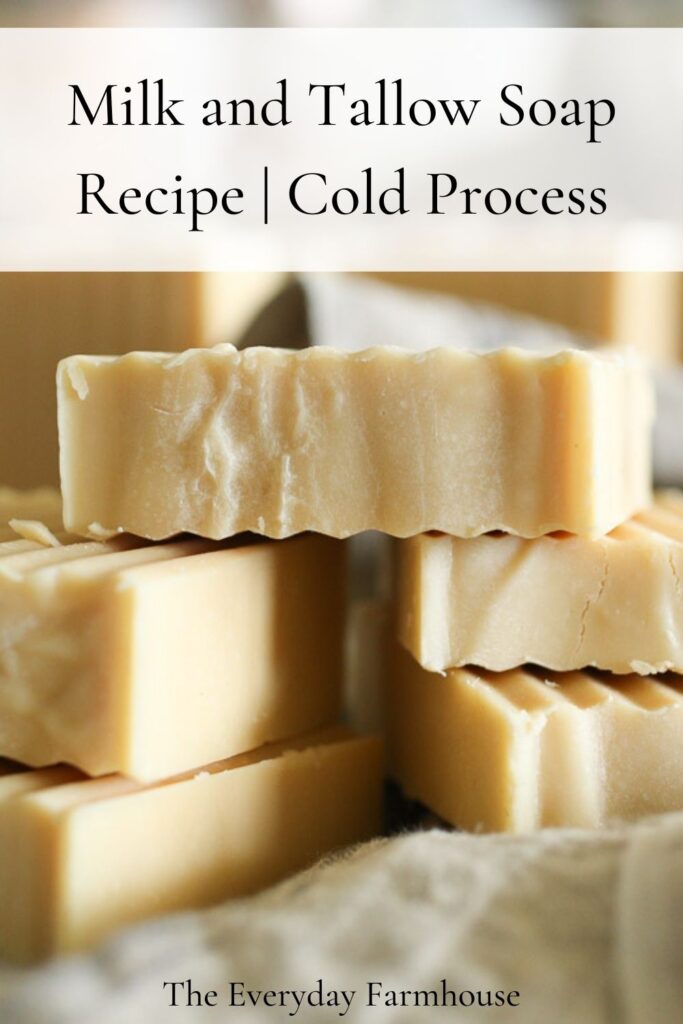
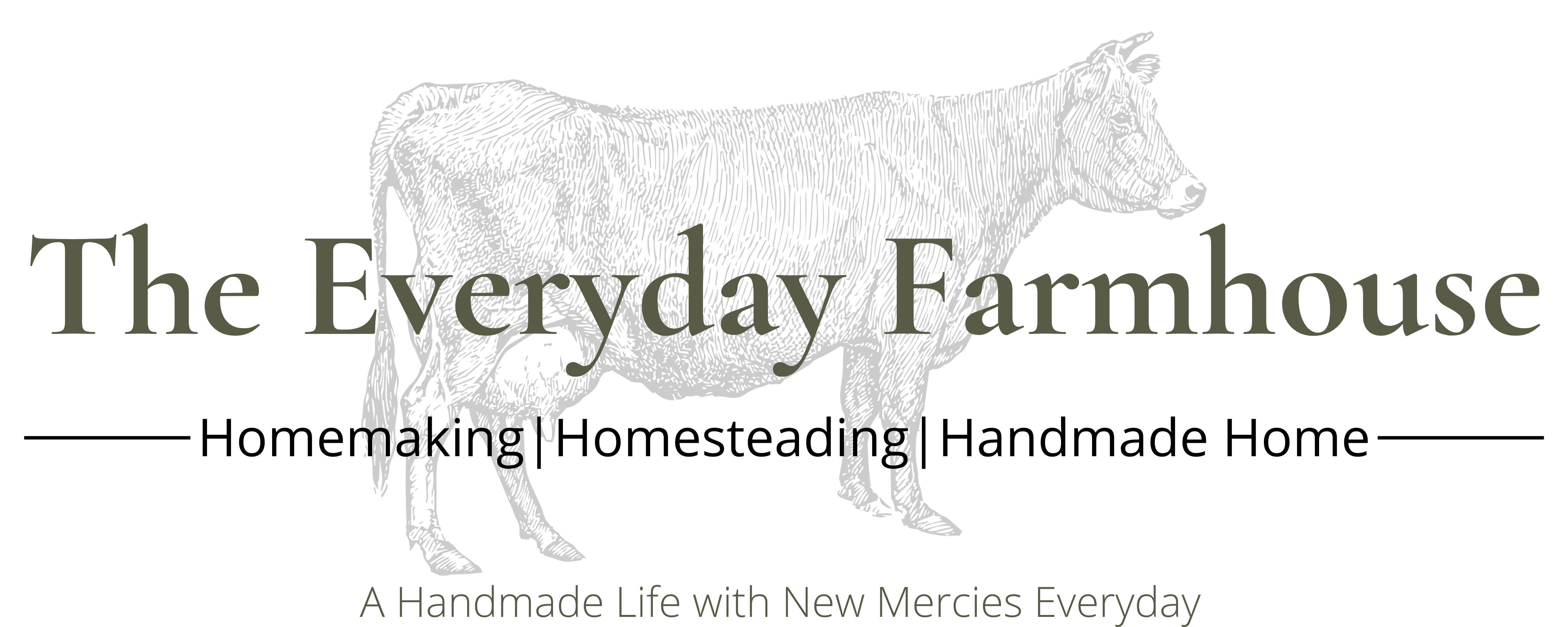
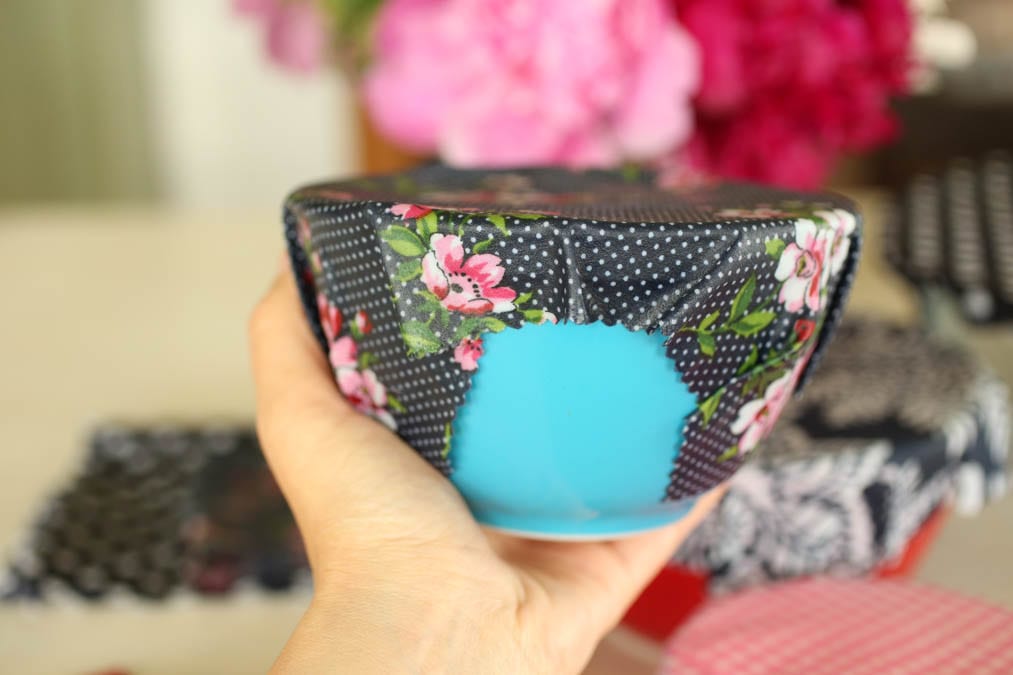
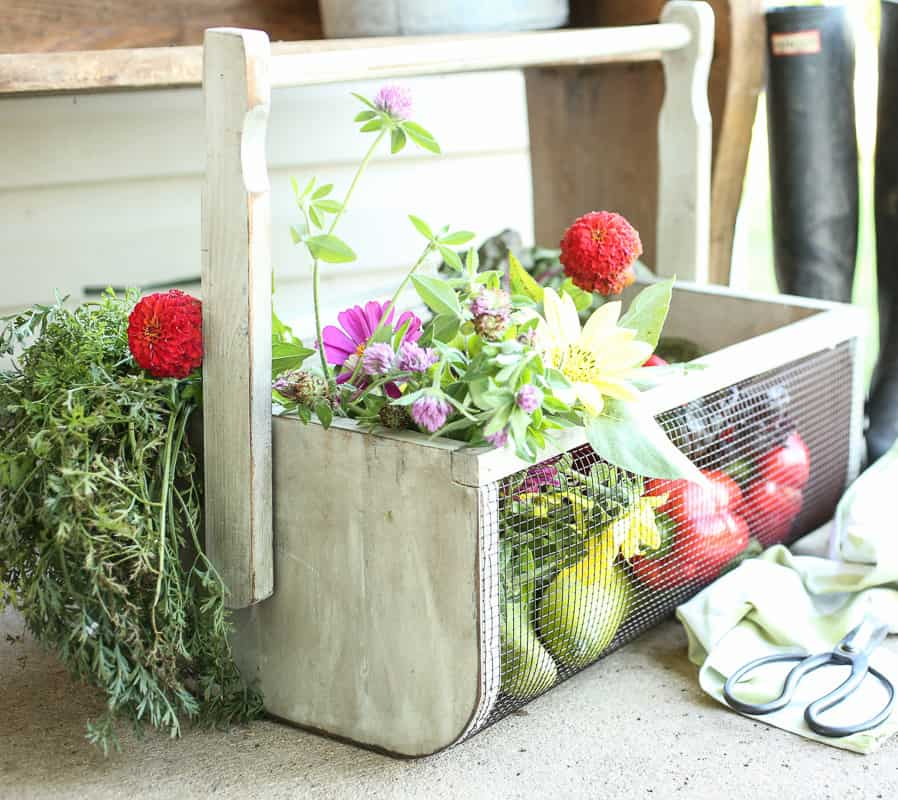
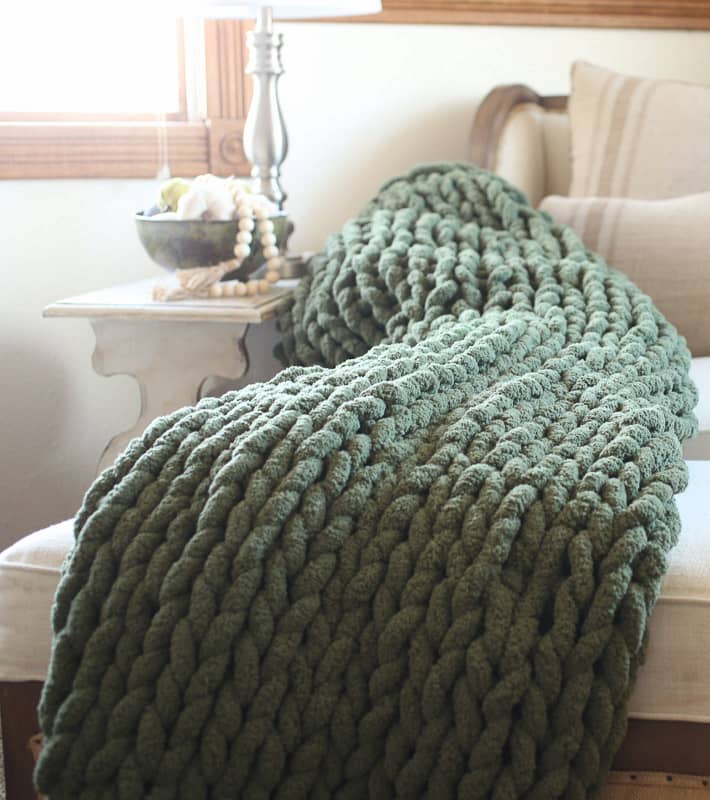

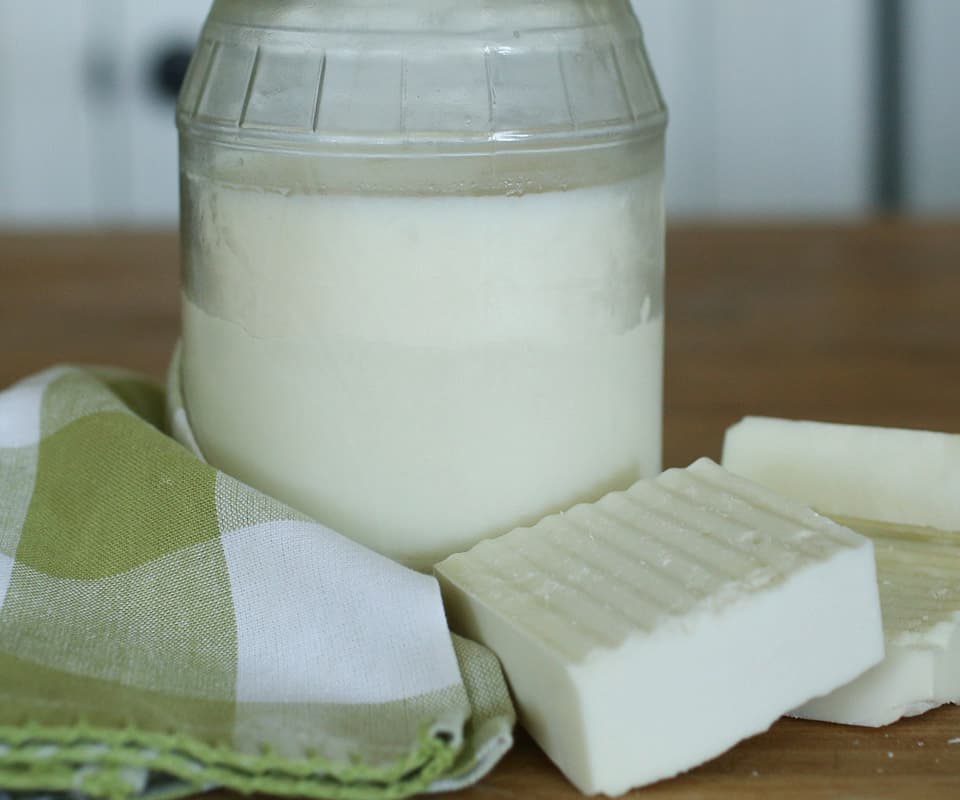
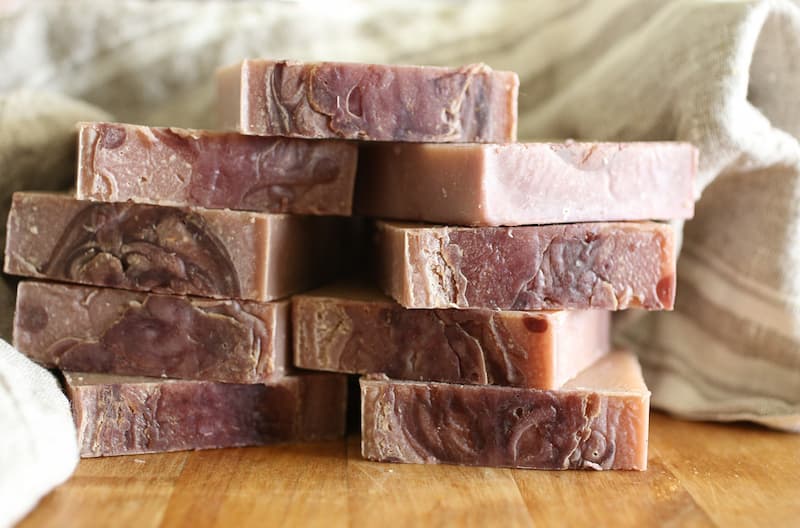
This is fantastic! Thanks for sharing. What type of fragrance/essential oils do you recommend to help the soap have a scent?
I like to buy fragrance oils from Nurture Soap, the fragrances are lovely and they last in the bar of soap. I have used essential oils but the fragrance just seems to fade, they are also very expensive. I have read that some people anchor the fragrance of essential oils in their soap by mixing it with a little clay or arrowroot powder. I have not tried that though!
I ama first time soap maker and I am excited to use this recipe. Where do you find your Sodium Hydroxide and do you mix it with water or just leave it in powder form?
If this is your first time making soap, I urge you to read the instructions thoroughly, and there is even a video to go with this post. The sodium hydroxide is linked in the ingredient list, I buy it from Nurture Soap. I have a beginner soap recipe that you might consider starting with. beginner soap recipe Milk soap is a bit trickier to make and the sodium hydroxide must be mixed with frozen milk so that it doesn’t burn. I hope that helps!
Thank you for sharing!
I’m just wondering if there is any substitute for immersion blender for this process? Something cheaper than immersion blender to be specific
Hi there, an immersion blender is pretty vital to most soap recipes. There are some recipes that contain ingredients that really accelerate trace (the slightly thick consistency we are going for), also temperature can affect trace. You can use a whisk for recipes like those, but you need to have a pretty good understanding of soapmaking, temperature, and trace. Some fragrance oils and other ingredients like pine tar can accelerate trace and allow you to use a whisk or stir briskly. However, if you are making the average soap recipe like this milk and tallow recipe, or my beginner soap recipe, you will find that a stick or immersion blender is very helpful otherwise you may be stirring for hours and hours. They really are not terribly expensive as far as equipment goes. This one is on sale now: https://amzn.to/3dQqNPd and this one is also under $20: https://amzn.to/3y2aYMc (both are my affiliate links) Hope that helps!
Keep your eyes open for sales; I got my Amzon basics immersion blender with attachments for 9.99 in Prime day. That being said, our foremothers didn’t have blenders; you can use a wooden or silicone spoon.
HTH
Thanks for the tips!
Love your post! I have made pure tallow soap. I find that the essential oils fragrance fades rather quickly. (Maybe because I did not wrap them in wax paper after they are cured soon enough.) Then I am left with a tallow smell. My husband doesn’t mind it but I do. Does your recipe with the added olive oil, coconut oil and Shea butter have a less tallow smell overall? I am hoping it does. I would like to try it and try this other brand of essential oils you recommend.
Hey there! Do you source your tallow somewhere or do you render it yourself? I render my own and I purify it until it doesn’t smell beefy. I do like adding the other oils just for the different benefits that each brings to the soap. One of the last batches I made with the milk did have an off smell but I think it was because I let the milk get too hot maybe. Maybe swap out the milk for water. One think I just learned was to add kaolin clay to the soap to ground or anchor the fragrance in the soap and the scent lasts longer. It really does work! You mix 1 tsp of clay with one TBS of water and add that in right before trace. The ratio is 1 tsp clay per pound of oils. Also, always be sure to mix with water or alcohol to account for the added water that the clay will absorb. Hope that makes sense!
If I don’t have tallow I’ve rendered can I substitute with lard from the grocery store?
I would run the amount through a lye calculator first, lard and tallow have very similar properties but they are not exact. The Sage has a great lye calculator.
Can you omit the fragrance oils entirely? I’m basically allergic to life and don’t need it to smell pretty. Can I add coffee grounds ti make it scrubby? I’ve seen soap with coffee grounds in it and judging by the vast amount of coffee I consume it’s a safe ingredient for me haha.
Unscented is Fine; it usually has a neutral ‘clean’ scent.
Coffee grounds, or other items, are fine, make sure to dry them out first. use is approx. 1 tbsp. per pound of oils.
This looks so good! What a great gift to make for friends or to enjoy yourself!
Yes! Handmade soap is a great gift!
Thanks for sharing! Does it keep long?
Hi! Because of the process of saponification and the change in the ph, the milk does not spoil so the soap lasts a long time after curing!
Could I opt to leave the olive oil, coconut oil, and Shae butter out? Maybe use a small amount of beeswax?
1) You need at least a little coconut oil to give the soap some lather
2) any changes to the amounts and types of oil you need to un through a soap calculator – I like LyeCalc.com and Soapee.com but there are others
3) Beeswax also has to go into the calculator; the percentage needs to be low
HTH
Can I switch out cows milk for goats milk?
Yes you can!
Thank you for sharing this incredible soap recipe. Using cow’s milk and tallow in cold process soap sounds like a luxurious treat for the skin. Your dedication to crafting quality products is inspiring.
Thank you so much for that encouragement!
Can breastmilk be used instead of cows milk?
According to the milk soap book I refer to, she says you can use breastmilk for soaping. It does have a higher sugar content so the risk of it scalding is there just like with cow’s milk, so be sure to freeze it before adding the sodium hydroxide.
Great recipe and tutorial! Thanks for sharing.
I am excited to try this recipe, quick question- Can I used pasteurized store bought cows milk? I don’t have access to a farm with cows 🤭 city girl…. Thanks
Yes, you sure can!
what superfat level do you use for this recipe?
I think it is 5%
hi there! i am wondering if it’s possible to swap the essential oils for honey? thanks!
Adding honey is a great idea but you should consider how it behaves in soap. I am linking to another article here so you can see the amount and what it does as far as heating up the soap..because of the sugar. https://www.soapqueen.com/bath-and-body-tutorials/tips-and-tricks/adding-honey-to-cold-process-soap-tips-tricks-recipe/